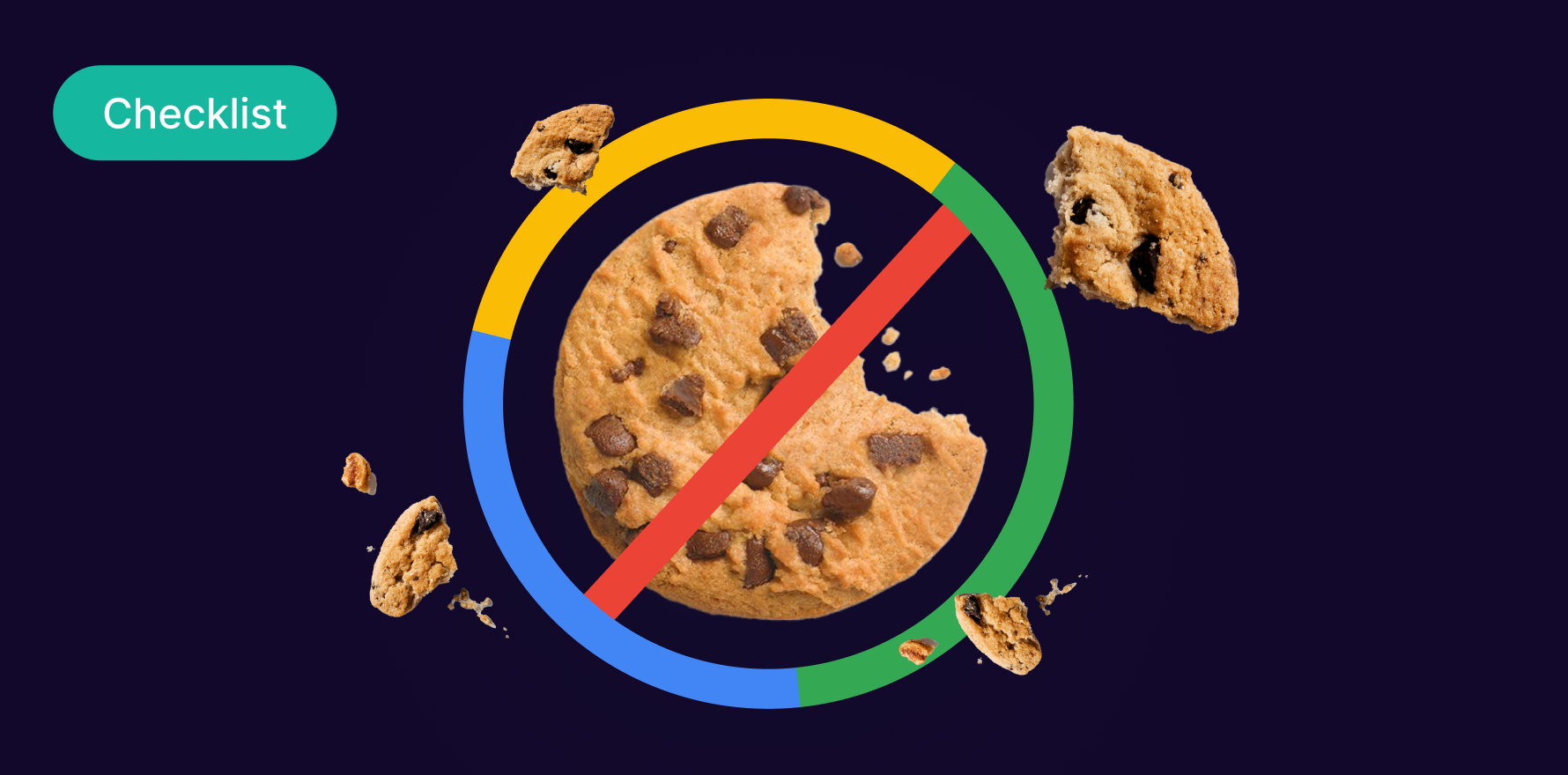What is Postback?
Postback, in the context of ecommerce, is an URL that allows third-party servers to pass on data regarding user actions. Usually, these actions are conversions, such as an app installation, form submission, or transaction completion. With Postback tracking, the merchant’s server directly communicates with an affiliate network’s server, passing essential information sequentially. The process ensures accuracy by eliminating browser-based tracking methods, which can be hindered by cookies.
Formula
There isn’t a precise formula for Postback as it’s more of a method for data sharing. However, the structure of a standard Postback URL appears as:
example.com/postback?offer_id={offer_id}&transaction_id={transaction_id}
Here, the offer_id and transaction_id are dynamic parameters, filled in either by affiliate networks or advertisers.
Example
An ecommerce store partners with an affiliate network to increase sales. When a customer, directed by the affiliate, makes a purchase, the store’s server sends a Postback URL to the network’s server. The URL includes details about the purchase, giving due credit to the affiliate.
Why is Postback important?
Postback improves accuracy in tracking user conversions as it circumvents cookie blocking and deletion issues. It’s excellent for mobile tracking, as mobile browsers and apps often block cookies. Postback is instrumental in tracking user interactions across different platforms and devices, providing comprehensive data for performance analysis and marketing strategy creation.
Which factors impact Postback?
Endeavor to use relevant and clear parameters within your Postback URLs to ensure data precision. Additionally, working with reliable affiliate networks that have robust tracking technology can yield better results.
How can Postback be improved?
- Several factors can impact Postback. These include:
- Server issues – If either server is down, Postback tracking won’t work.
- URL parameters – Missing or incorrect parameters can lead to faulty or insufficient data.
- Network reliability – If the network doesn’t have a reliable tracking mechanism, it can affect Postback results.
What is Postback’s relationship with other metrics?
Postback data significantly influence other ecommerce metrics like Return on Advertising Spend (ROAS), Customer Acquisition Cost (CAC), and Lifetime Value (LTV). By accurately tracking conversions, businesses can understand which marketing efforts are fruitful, thereby helping to optimize ad spend and create more effective marketing strategies. Plus, it ensures affiliates get the due credit, establishing a fair performance-based ecosystem.
Free essential resources for success
Discover more from Lifesight
















